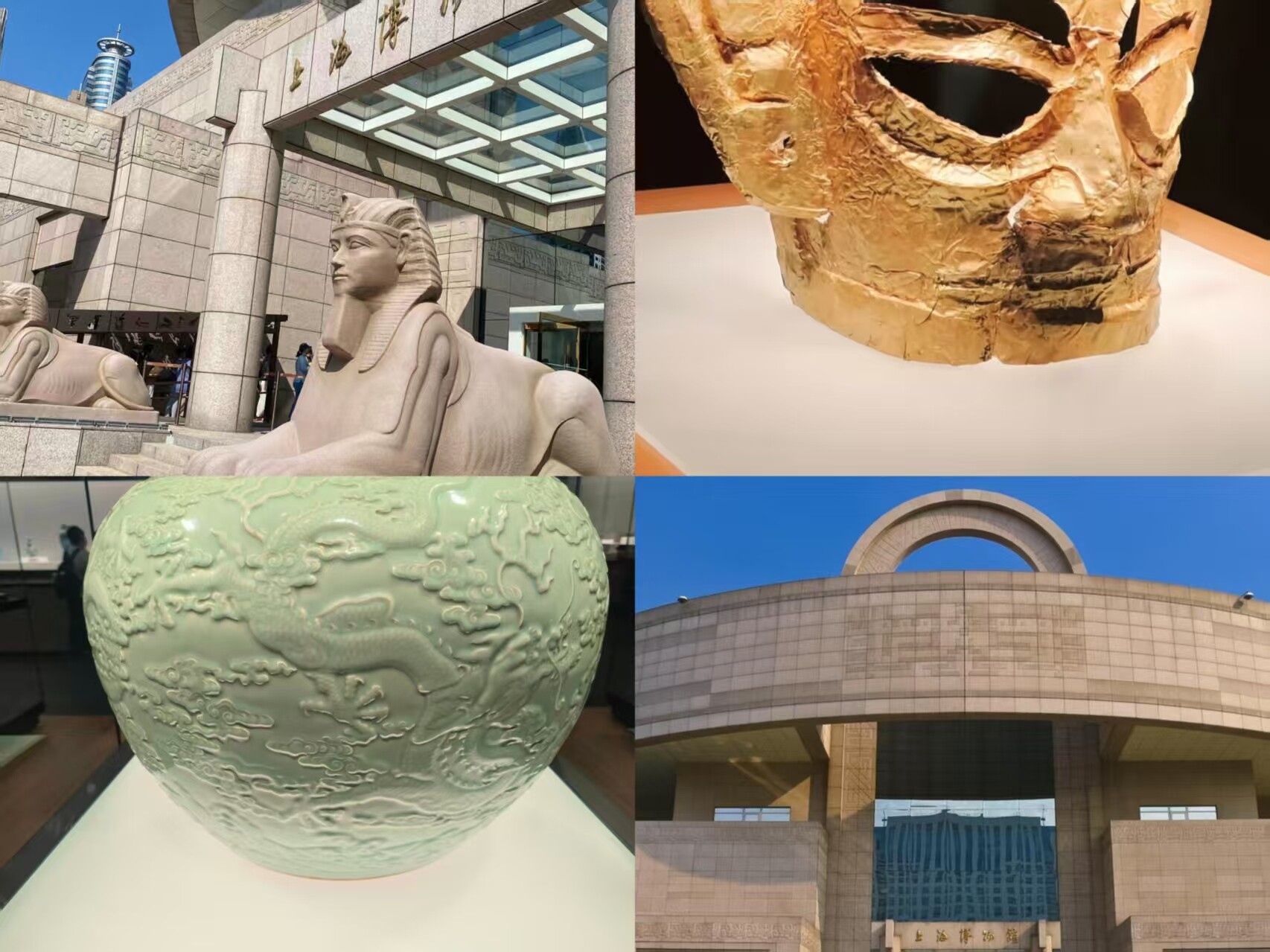Hi, I’m Lily Xia. I’ve been working as a travel consultant for over two years, helping international travelers like you explore China with ease and confidence. I put together this simple and practical guide to give you everything you need to know before visiting the Shanghai Museum—one of the must-see cultural spots in the city.
Introduction to the Shanghai Museum
The Shanghai Museum is one of China’s most prestigious museums, renowned for its extensive collection of ancient Chinese art and artifacts. Located in the heart of Shanghai,the museum features a distinctive architectural design inspired by ancient Chinese bronzes. Established in 1952, the museum was later moved to its current location in 1996. Its collections span over 5,000 years of Chinese history, including bronzes, ceramics, calligraphy, paintings, jade, coins, and furniture. The museum is not only a treasure trove of cultural relics but also a symbol of Shanghai’s commitment to preserving and promoting China’s rich heritage.
Tickets & Opening Hours
Opening Hours:
Tuesday to Sunday: 9:00 AM – 5:00 PM
Last entry at 4:00 PM
Closed on Mondays (except public holidays)
Tickets:
Free admission for all visitors.
Advanced online reservation is required through the official website or authorized platforms.
Special exhibitions may require separate tickets.
Note:
Due to high demand, it is recommended to book your tickets at least one week in advance, especially during peak seasons (e.g., holidays and weekends)
Main Attractions
The Shanghai Museum houses 11 permanent galleries and three exhibition halls, each dedicated to a specific category of artifacts. Key highlights include:
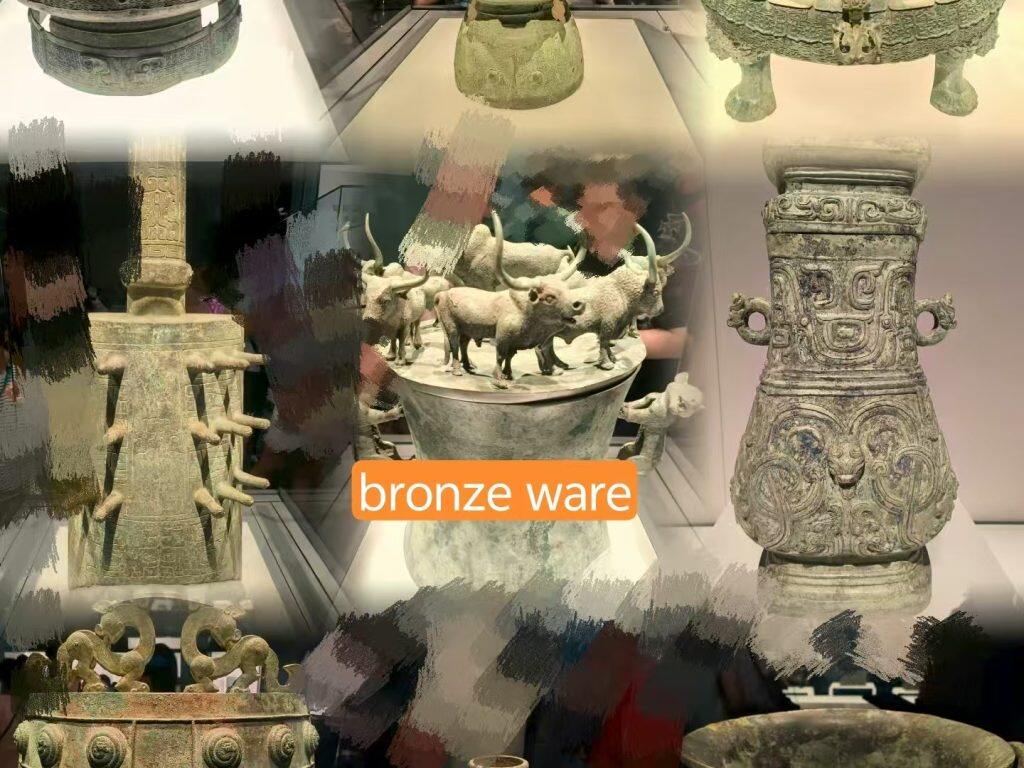
Ancient Bronze Gallery
Features over 400 pieces of bronzeware from the Xia to Han dynasties, showcasing the evolution of bronze technology and artistry.
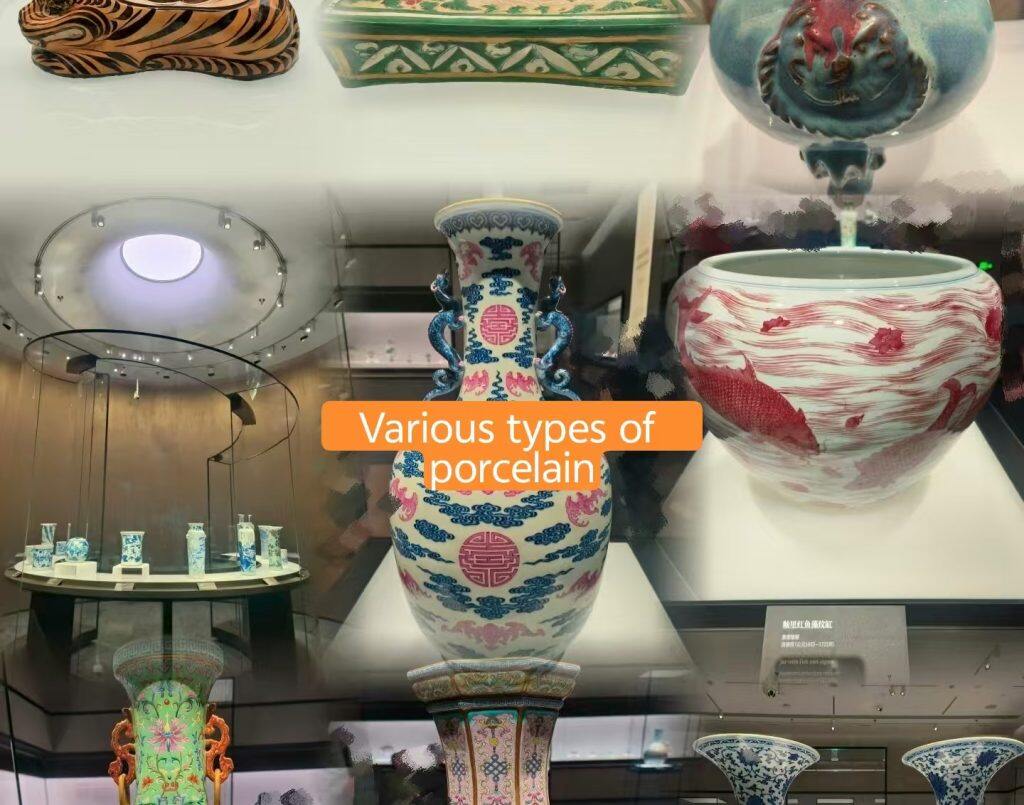
Ancient Ceramics Gallery
Displays more than 500 pieces of ceramics, including famous works from the Tang and Song dynasties.
Calligraphy and Painting Galleries
Home to masterpieces by renowned Chinese calligraphers and painters from various dynasties.
Ancient Jade Gallery
Exhibits jade artifacts dating back to the Neolithic period, highlighting their cultural and spiritual significance.
Minority Nationalities’ Art Gallery
Showcases the diverse cultural heritage of China’s ethnic minorities through costumes, textiles, and handicrafts.
Transportation: How to Get There
The Shanghai Museum is easily accessible via various modes of transportation:
By Metro:Take Metro Line 1, Line 2, or Line 8 to People’s Square Station. Exit via Gate 1 or 2, and the museum is within walking distance.
By Bus:Multiple bus routes stop near People’s Square, including Bus 46, 49, 112, 123, and 925.
By Taxi or Ride-Hailing:Simply tell the driver “Shanghai Museum at People’s Square.” Most drivers are familiar with the location.
On Foot:If you are staying in downtown Shanghai, the museum is within walking distance from many hotels and attractions.
Experiences & Activities
Guided Tours:Free audio guides are available in multiple languages, including English, Japanese, and Korean. Group tours led by expert guides can also be arranged with prior reservation.
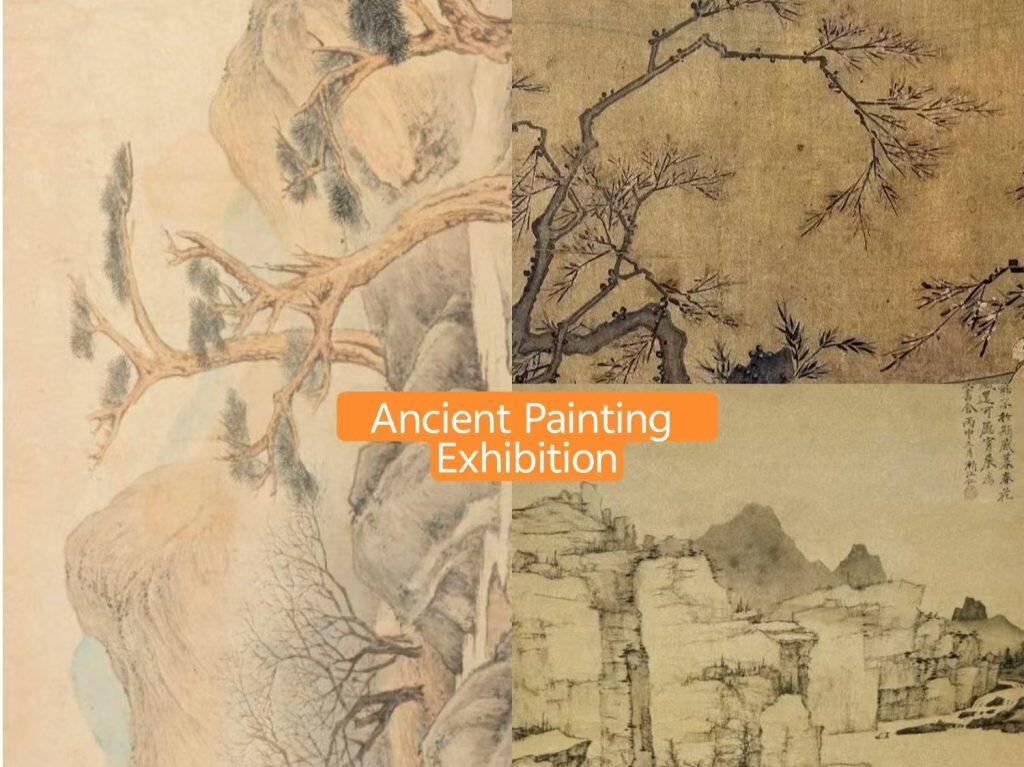
Interactive Exhibits:Some galleries feature touchscreens and multimedia displays to enhance the visitor experience.
Workshops and Lectures:The museum regularly hosts cultural workshops, such as calligraphy and pottery classes, as well as lectures on ancient Chinese art and history.
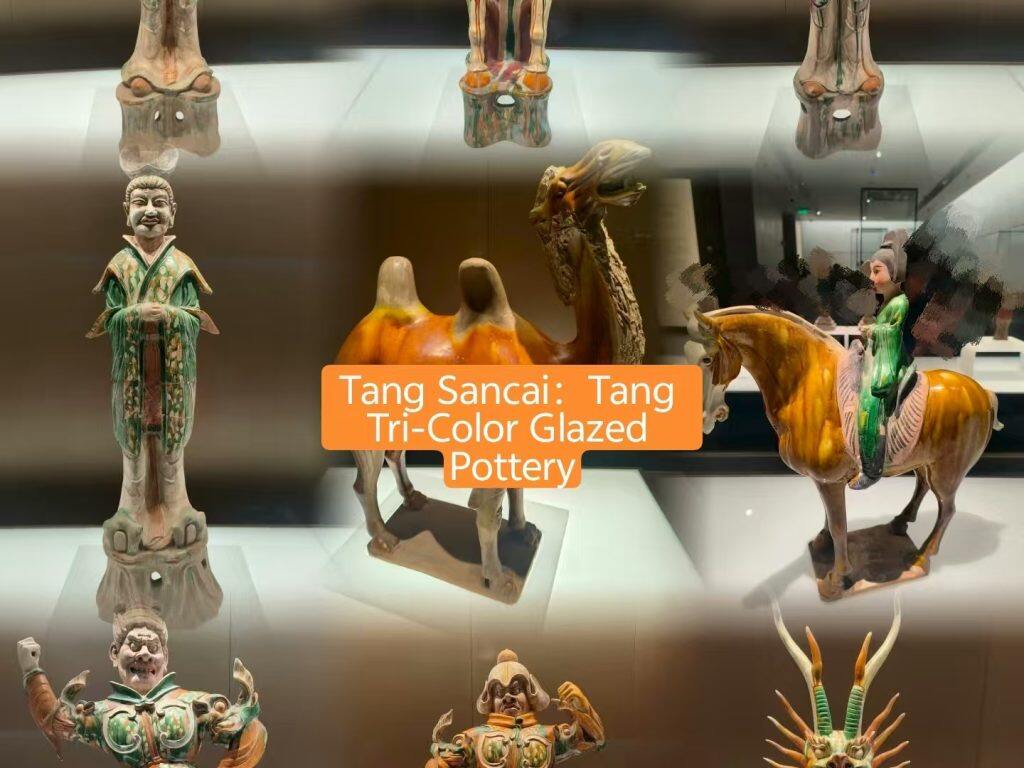
Special Exhibitions:Check the museum’s website for information on temporary exhibitions, which often feature rare artifacts on loan from other institutions.
Food Guide
Shanghai offers a diverse culinary scene, and the area around the museum is no exception. Here are some dining options:
Local Cuisine:Try traditional Shanghainese dishes like Xiaolongbao (soup dumplings), Shengjianbao (pan-fried buns), and red-braised pork at nearby restaurants such as Nanxiang Steamed Bun Restaurant or Old Shanghai Restaurant.
International Options:For those craving Western or other international flavors, People’s Square and Nanjing Road offer a variety of choices, including Italian, Japanese, and American fast food.
Street Food:Explore the street food stalls around Yunnan Road for authentic local snacks at affordable prices.
Cafés and Tea Houses:Take a break at one of the many cafés or traditional tea houses near the museum, such as Starbucks or Lu Bo Lang.
Q&A
Q:Is the Shanghai Museum suitable for children?
A:Yes, the museum offers interactive exhibits and family-friendly activities that can engage younger visitors.
Q:How much time should I allocate for a visit?
A:A thorough visit typically takes 3 to 4 hours. If you plan to explore special exhibitions, allocate additional time.
Q:Is photography allowed inside the museum?
A:Photography is permitted in most galleries, but flash and tripods are prohibited. Some special exhibitions may have restrictions.
Q:Are there luggage storage facilities?
A:Yes, the museum provides free luggage storage at the entrance.
Q:Is the museum wheelchair accessible?
A:Yes, the museum is fully accessible, with ramps, elevators, and wheelchair-friendly facilities.

Lily Xia
She is Lily Xia,a 25 years old girl.
For over ten years, she’ve been traveling with her camera,
and her greatest passion is capturing the beautiful moments,
places, and especially the people she meet along the way.
Essential Shanghai Travel Resources
1、Core Shanghai Attractions
China Trip Guide: Shanghai Disneyland
Shanghai Oriental Pearl Tower:Your China Travel Guide
Ultimate Guide to Shanghai Haichang on Your China Trip
The Complete China Trip Guide to Shanghai’s Bund
Shanghai Museum: Must-Know Guide for Your China Trip
2、Must-Stay Shanghai Hotels
Discover Shanghai’s Top 10 Luxury Hotels for Your Trip
Fun Family Stays: Shanghai’s Top 10 Hotels Guide
Perfect View Stays: Shanghai’s Top 10 Hotel Guide

